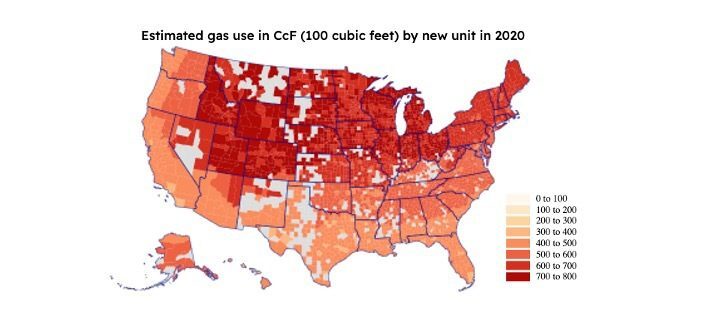Toronto, Canada — Wednesday, August 28, 2024 — A coalition of Indigenous, Environmental and Social justice organizations, has expanded its climate campaign to include the Bank of Montreal (BMO). Building on the momentum of its successful efforts targeting Royal Bank of Canada (RBC), groups including For Our Kids, Indigenous Climate Action, Protect Our Winters Canada, Greenpeace Canada, STAND.earth, Change Course, Re:Generation, Gidimt’en Checkpoint, Shift Action for Pension Wealth and Planet Health, and Decolonial Solidarity are now urging BMO to support and grow investment in clean energy and to demonstrate its commitment to social responsibility by aligning its investment practices with a climate-safe world, while winding down fossil fuel investments.
“BMO has made strong claims about ‘growing the good,’ yet continues to be one of the top fossil fuel funders globally and among the worst for funding renewable energy,” said Richard Brooks, Climate Finance Director with Stand.earth. “Does BMO really want to be known as the bank that is growing the climate crisis including fires and floods that its customers are increasingly experiencing? We are calling on BMO to live up to its promises and lead the way in Canada’s transition to a low-carbon economy.”
An open letter was delivered digitally and in person to BMO’s Toronto Yonge-Dundas Campus office by concerned parents and children from For Our Kids, a parent-led network of volunteers, driven to take climate action for their kids, grandkids, and future generations.
Read the full letter here: It’s Time for BMO to Boldly Grow the Good on Climate
The letter, directed to BMO’s CEO, Darryl White, highlights BMO’s worst in Canada ratio of renewable energy to fossil fuel energy investments, despite the bank’s stated commitment to climate and sustainability . The letter calls for BMO to take immediate and meaningful action to reduce its financing of fossil fuels, meet more ambitious targets for renewable energy financing, and drop its association with anti-climate oil and gas lobby groups.
To amplify this message, a small family-friendly demonstration was held outside BMO’s Yonge/Dundas campus in downtown Toronto on August 28th. The event featured activities such as a climate quiz for parents and children, postcard writing to CEO Darryl White, and a kids’ dance party. The demonstration aimed to pressure BMO to stop what activists describe as “greenwashing” and to genuinely shift towards funding a green future.
“BMO recognizes the need for a rapid green transition, and could be a leader on climate, but unfortunately, its actions aren’t living up to its words,” said Brianne Whyte, a Toronto-based mother of a 4-year-old, and an organizer with For Our Kids Toronto. “As a father and supporter of Kids Help Phone, CEO Darryl White is clearly invested in children’s wellbeing – but will he protect a livable future by investing in renewable energy and transitioning away from fossil fuels? Canadian families want to see real climate action now, not just empty slogans.”
The expanded campaign comes in response to increasing public concern about the role of Canadian banks in financing climate chaos. According to the 2024 Banking on Climate Chaos report, BMO has funneled over CAD $200 billion into fossil fuels since 2016, including nearly CAD $22 billion in 2023 alone. This places BMO as the 18th worst bank globally for fossil fuel financing. BMO’s ratio of dirty energy to clean energy investments was found by both BloombergNEF and Influence Map to be the worst of all Canadian banks, who themselves are all global laggards. The bank was also criticized for financing energy projects that lack the Free, Prior, and Informed Consent of Indigenous Peoples.
###






